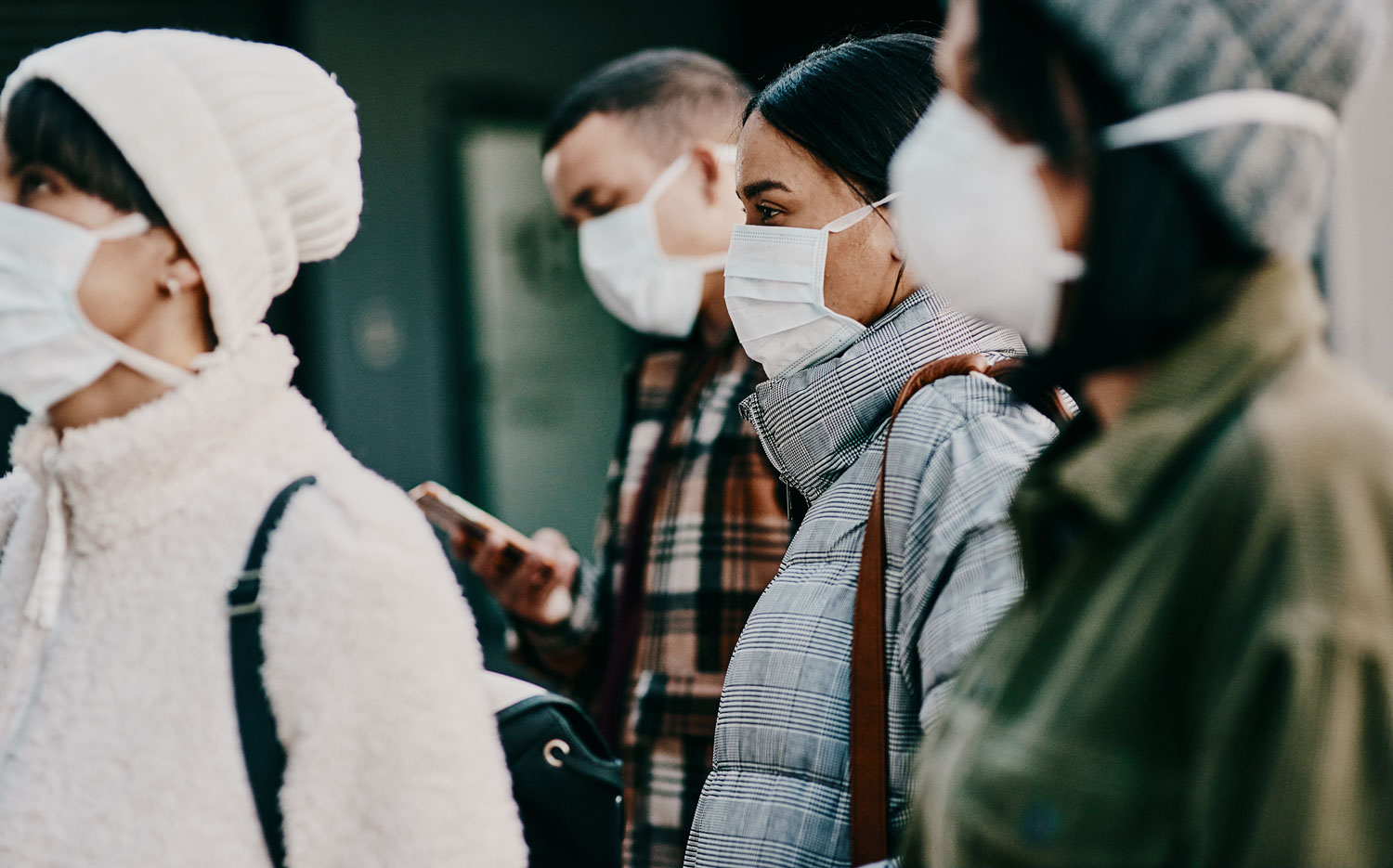BACK TO HOMEPAGE
Focus On Keratinocytic Skin Cancer
Keratinocytic skin cancer (KSC) is by far the most common type of skin cancer corresponding to 25% of all malignant pathologies diagnosed. KSC and its precursor states are among the most common forms of cancer and their incidence is increasing worldwide.
Equally, it is an underreported pathology as existing practices do not include these types of tumors in statistics and their registration is not mandatory. As a growing health issue, it generates huge costs for both diagnosis and treatment, whilst the recent COVID-19 pandemic revealed what happens to patients who are not diagnosed and treated in time.
It is important to learn why some patients are more prone to developing tumors, how immunosuppression acts as a risk factor – as seen by the increased number of tumors in transplanted patients, and where we can incise to reduce such incidences. Understanding lifestyle and dietary supplements will help us act on prevention, beyond merely prescribing sunscreens.
We have become better at diagnosing
The use of imaging techniques like dermoscopy, ultrasound, and confocal microscopy are allowing us to make more precise diagnoses reducing the need for interventional biopsies and giving the possibility to treat non-aggressive tumors with non-invasive techniques. Teledermoscopy is being fundamental in diagnosing tumors from patients seeing virtually and the large amount of data obtained from these images is letting us develop algorithms for new apps for mobile phones that will help us diagnose, reduce costs, and prioritize appointments.
Non-invasive treatments like photodynamic therapy (PDT) – both in conventional and daylight forms – are playing a relevant role in treating cancerized fields, and in the treatment of low-risk tumors. Just as there is a role for minimally invasive treatment for low-risk tumors, Mohs micrographic surgery is pivotal when dealing with high-risk tumors. As most tumors are mostly located on the face, we need to know the surgical options for best oncologic and cosmetic results.
In the search of techniques for staging tumors, sentinel lymph node biopsy (SLNB) – previously reserved for malignant melanomas – is being used for managing squamous cell carcinoma with contradictory findings thus far.
With the advent of systemic therapies for advance stages and new adjuvant and neoadjuvant therapies, identifying high risk patients and tumors in their earlier stages, staging and managing tumors correctly from the beginning, and knowing all the possible treatments (medical and surgical) becomes essential for dermatologists in both a hospital and private setting.
Providing a comprehensive overview for delegates, the Focus On Keratinocytic Cancer (KSC) track promises to elaborate on the latest research in this field and equip you to enhance your patient care in your daily practice.
symposium full ticket details and prices

KEEP IN TOUCH
Stay informed about latest EADV information.
Congresses, Education, JEADV, Membership, Newsletter...
YES, KEEP ME INFORMED

European Academy
of Dermatology and Venereology
HQ:
Via S. Balestra 22B
6900 Lugano Switzerland
+41 91 973 45 20
symposium@eadv.org
PRIVACY POLICY
COPYRIGHT EADV 2022
TERMS OF USE
Only trust information from our official website: eadv.org




